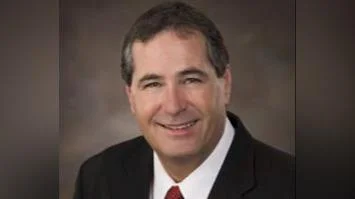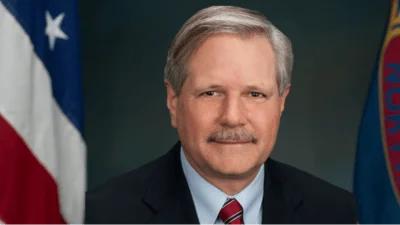Brian Kroshus, Tax Commissioner | North Dakota State Executive - Tax Commissioner
Brian Kroshus, Tax Commissioner | North Dakota State Executive - Tax Commissioner
North Dakota’s taxable sales and purchases rose by 3.4 percent in the second quarter of 2025 compared to the same period last year, according to Tax Commissioner Brian Kroshus. The total for April through June reached $7.08 billion, up from $6.85 billion during the same months in 2024.
“While purchasing activity in the second quarter, particularly in the industrial sector, indicates a relatively stable economic environment, tariff-induced buying activity or front-loading by companies in advance of trade agreement deadlines imposed on key U.S. trading partners, likely contributed to the year-over-year gain,” said Kroshus. “The extent to which that occurred, however, won’t be fully known until the latter part of this year and into 2026.”
Several sectors showed strong growth over last year’s numbers. Utilities saw an increase of 87.1 percent and construction was up by 10.5 percent. Retail trade, which is North Dakota’s largest revenue category, grew by 2.5 percent compared to the previous year’s second quarter. However, arts, entertainment and recreation declined by 2.7 percent while accommodation and food services dropped by 2.1 percent.
“Overall, the state still experienced moderate growth during a period of significant and arguably, unprecedented economic uncertainty due to tariffs, which is encouraging,” noted Kroshus. “However, given the unique set of circumstances, the effect tariff-related influencers had on buying behavior won’t be completely understood until we see a return to more normalized conditions.”
Other categories with notable changes included mining and oil and gas extraction (up 7.4 percent), real estate and rental and leasing (up 7.7 percent), transportation and warehousing (down 9.7 percent), and other services except public administration (down 8 percent).
Kroshus pointed out regional differences across North Dakota: “Regional performance for North Dakota’s largest cities mirrored activity in the industrial space, with western communities including Williston and Dickinson, posting significant gains over the prior year in contrast to their eastern counterparts, Fargo and Grand Forks, which experienced noticeable declines compared to the same period last year.”
Among major cities for the second quarter of 2025 versus a year earlier: Bismarck was up by 5.2 percent; Dickinson increased by 7.8 percent; Fargo fell by 1.5 percent; Grand Forks dropped by 5.7 percent; Jamestown rose by 4.1 percent; Minot gained 2.4 percent; Williston increased by 7.9 percent.
Of North Dakota’s fifty largest communities, Burlington recorded a large jump at 75.1 percent growth while Belfield rose by 12.3 percent, Ellendale increased by 17.5 percent, Mayville was up by 10.5 percent and Tioga grew by 12.4 percent.
Counties with substantial increases included Burke County (23.8%), Bottineau County (23.3%), Sioux County (23.2%), Bowman County (17%), and Nelson County (13.1%).
More information about tax data is available on the Office of State Tax Commissioner’s website at https://www.tax.nd.gov/.






 Alerts Sign-up
Alerts Sign-up